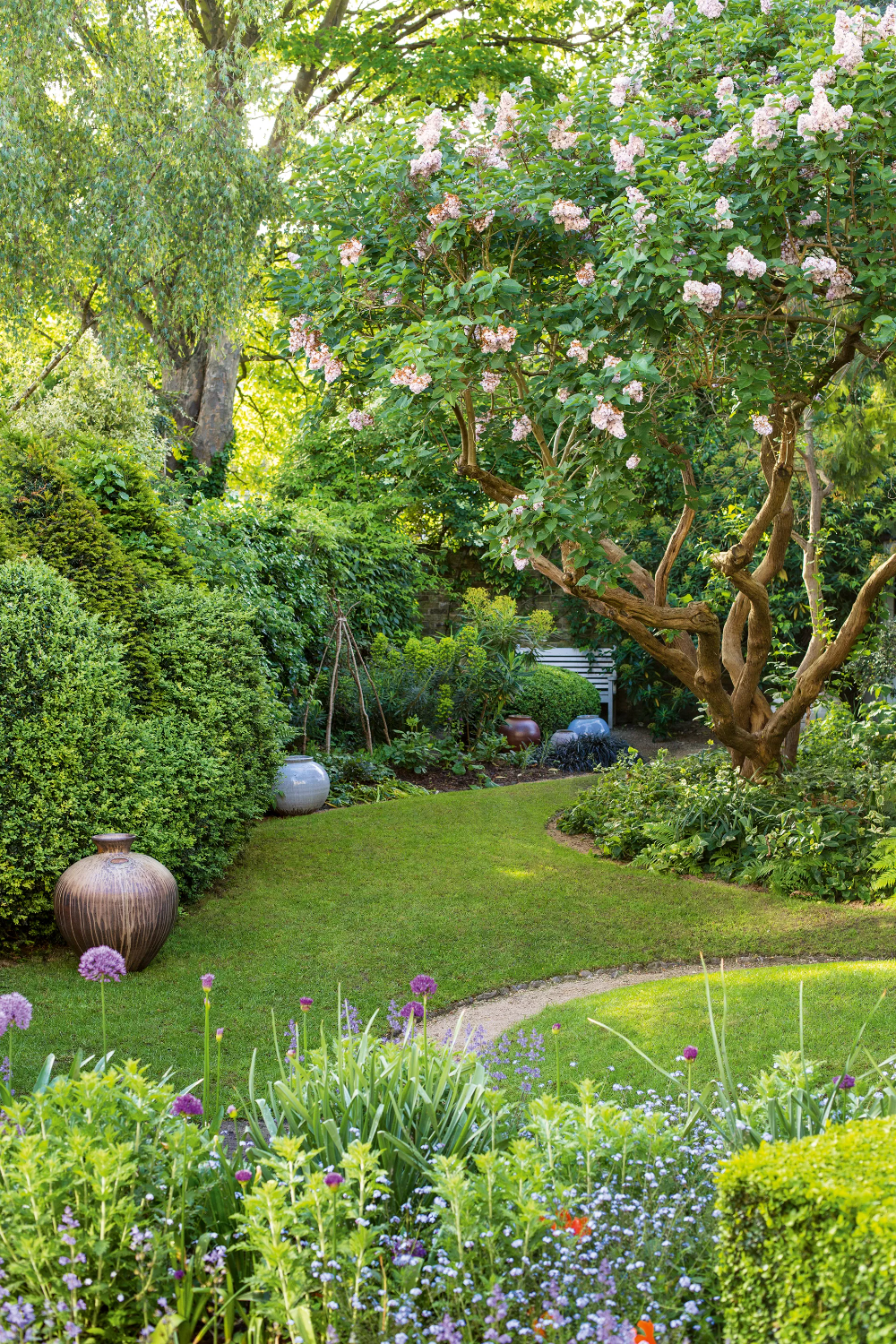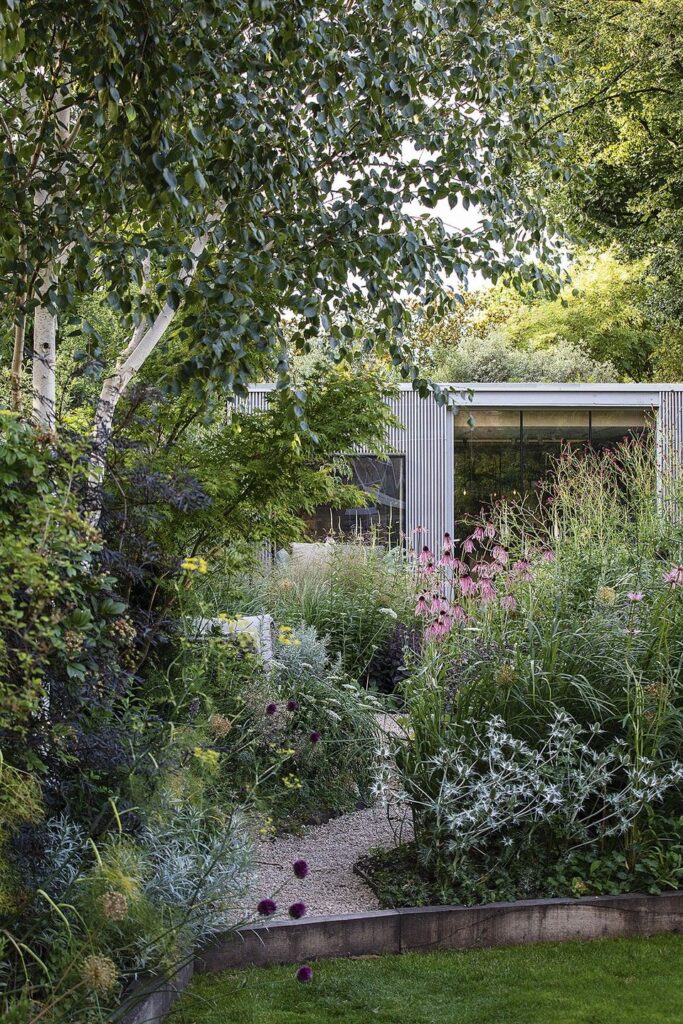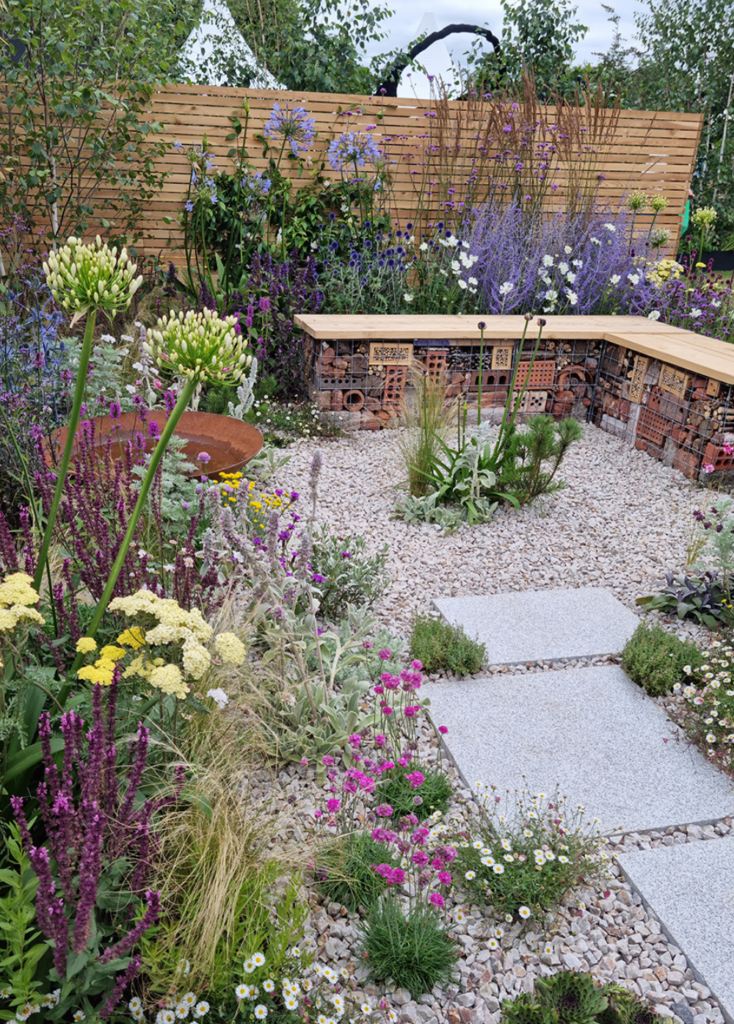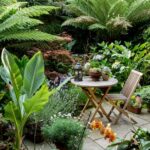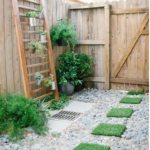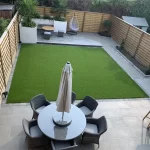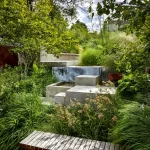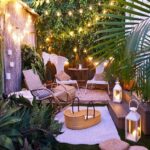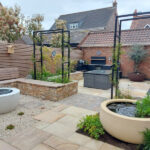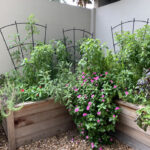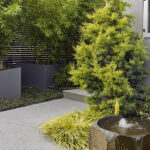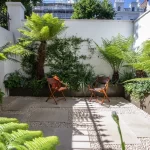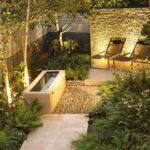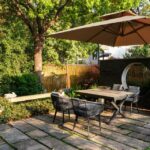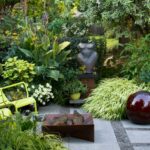Small garden designs offer a unique opportunity to create intimate outdoor spaces that are both functional and visually appealing. With a bit of creativity and careful planning, even the tiniest of outdoor areas can be transformed into a beautiful oasis. Here are some tips for designing small gardens that make the most of limited space.
One key strategy for small garden design is to prioritize functionality and purpose. Consider how you want to use the space – whether it’s for dining, lounging, gardening, or simply enjoying the outdoors. By setting clear goals for the garden, you can make efficient use of the limited space and ensure that every element serves a purpose.
Another important consideration in small garden design is the use of vertical space. Installing hanging planters, vertical gardens, or trellises can maximize the available space and add visual interest to the garden. Additionally, vertical elements can help create a sense of privacy and separation in a small outdoor area.
When it comes to choosing plants for a small garden, opt for varieties that are well-suited to the size and conditions of the space. Compact, dwarf, or slow-growing plants are ideal for small gardens, as they require less maintenance and won’t quickly outgrow their surroundings. Consider incorporating a mix of foliage plants, flowers, and herbs to add color, texture, and fragrance to the garden.
Incorporating mirrors into a small garden design can also help create the illusion of space and light. Placing mirrors strategically can reflect natural light, visually expand the garden, and add a touch of sophistication to the outdoor area. Just be mindful of the placement of mirrors to avoid creating glare or reflections that are too distracting.
In small garden designs, it’s important to keep the overall layout clean, streamlined, and uncluttered. Avoid overcrowding the space with too many elements or features, and instead focus on creating a cohesive and balanced design. Use pathways, borders, and different levels to define separate areas within the garden and create a sense of unity.
Finally, don’t forget to incorporate seating areas into your small garden design. Whether it’s a bistro set, a cozy bench, or a built-in seating nook, providing a place to sit and relax can make the garden feel more inviting and functional. Consider placing seating near a focal point, such as a water feature or a favorite plant, to encourage spending time outdoors and enjoying the beauty of the garden.
